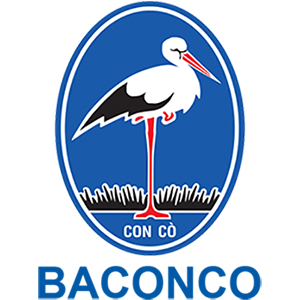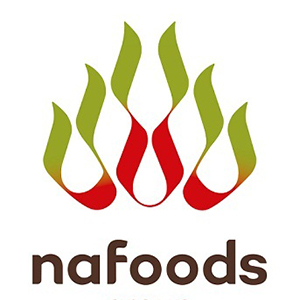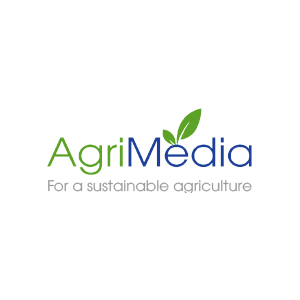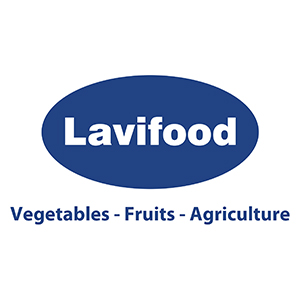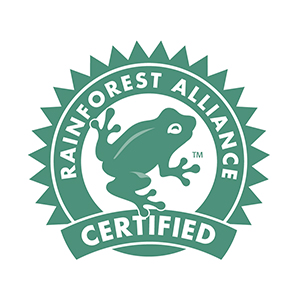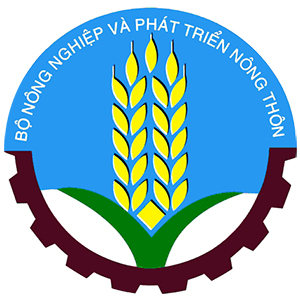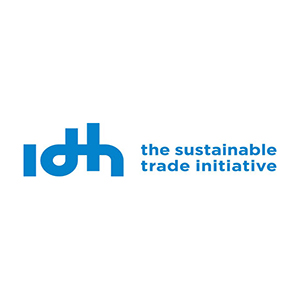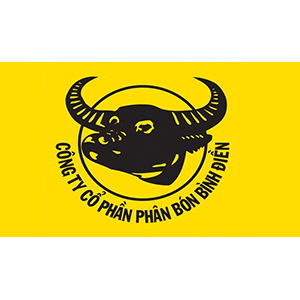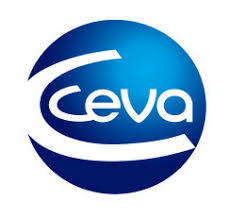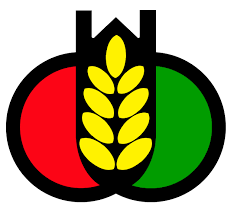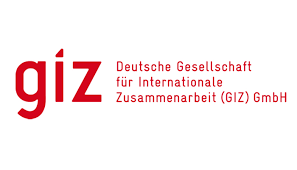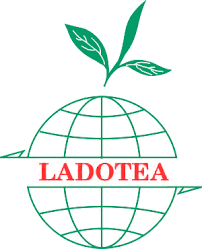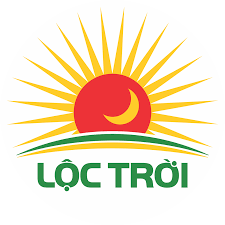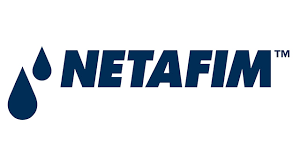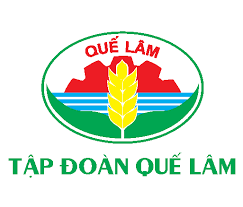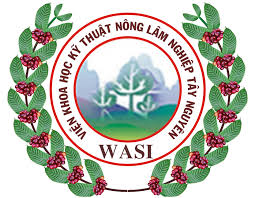- Giới thiệu
- Nhóm Công tác
- Tin tức
- Thông tin về FTA
- Tài Liệu
- Sự kiện
- Liên hệ
Low-emission agriculture: Vietnam seeks comprehensive orientation for crop production
On the morning of June 26, Deputy Minister of Agriculture and Environment Hoang Trung chaired a working session with the Plant Production and Protection Department and other relevant units under the Ministry to discuss the development of a low-emission crop production scheme for the 2025-2030 period.
This scheme will serve as a guideline for central and local agencies to implement, with low-emission cultivation practices and measurement tools being key components in the development of the low-emission crop production plan.
.jpg)
Clearly defining the objectives of low-emission crop production
According to the Deputy Minister, low-emission crop production is part of the nation’s overall strategy to achieve net-zero emissions by 2050. However, in this sector, efforts have so far been limited to a few small-scale projects and programs without a comprehensive, systematic approach.
“We need to develop a well-structured scheme that can be smoothly implemented from the Ministry down to the local levels,” Deputy Minister Hoang Trung stated.
He noted that currently, only the One Million Hectares of High-quality, Low-emission rice project in the Mekong Delta has been approved and implemented. However, the country has more than 7 million hectares of rice and over 1 million hectares of fruit trees nationwide, so the Crop Production and Plant Protection Department needs to draft the proposal soon, collect feedback, and finalize it for the earliest possible implementation.
.jpg)
Regarding the details, the leadership of the Ministry of Agriculture and Environment pointed out that current obstacles to emission reduction in crop production include the lack of a legal framework, absence of measurement tools, and limited awareness among the majority of people, businesses, and local officials about low-emission crop production.
On the directive perspective, the Deputy Minister emphasized: “Low-emission crop production must aim to fulfill obligations related to the NDC and change cultivation practices towards reduced input use, sustainability, and environmental friendliness. It should also build a low-emission agricultural brand to promote the crop production sector's responsibility towards the environment and future generations.”
From a technical standpoint, Deputy Minister Hoang Trung requested the Plant Production and Protection Department to supplement research and develop emission-reducing cultivation procedures tailored to each crop type and ecological region. This would establish internationally recognized, scientifically based MRV methods. Subsequently, these would be formalized through legal documents for deployment to localities, serving as a basis for calculating emissions at each stage of production.
“Many objects in the cultivation industry, especially perennial fruit trees and industrial crops, have the ability to absorb CO2, so it is necessary to calculate the difference between emissions and absorption, and determine emissions at each stage. From there, suitable and effective production processes can be developed,” emphasized Mr. Hoang Trung.
Accordingly, changing cultivation practices and reducing input materials will be the key to lowering emissions in crop production. Regarding the roadmap, the Deputy Minister suggested focusing on several main crops, particularly rice, and implementing them thoroughly before expanding to other crops.
Target to reduce methane emissions by 30% by 2030
At the working session, Ms. Nguyen Thi Thu Huong, Deputy Director of the Plant Production and Protection Department, presented some draft scheme targets.
Among these, the goal is to reduce total methane (CH4) emissions by 30% and cut at least 10% of total greenhouse gas emissions from the crop production sector by 2030 compared to the 2020 baseline. This will be achieved through the application of technical measures suitable for each ecological region and crop group.
By 2030, the area applying low-emission crop production practices is expected to reach at least 2.5 million hectares, prioritizing concentrated commercial production zones.
A greenhouse gas emissions database for crop production will be established, categorized by crop type, ecological region, and technical measures, contributing to the formation of a carbon market.
A system of communication materials will be developed to disseminate knowledge and promote behavioral change among farmers towards low-emission production. Training and workshops on techniques, policies, and emission measurement tools will be organized nationwide for technical staff, agricultural extension officers, and farmers.
Currently, the Plant Production and Protection Department is gathering feedback regarding the target crops for application and the implementation roadmap of the scheme.
On this matter, Professor Dr. Nguyen Hong Son, Director of the Vietnam Academy of Agricultural Sciences (VAAS), emphasized the need for specific assessments of the absorption/emission capacities of different crop types to make appropriate choices.
For example, comparing short-term crops with perennial crops, wetland crops with upland crops, or evaluating based on total cultivated area and fertilizer usage volume.
Regarding cultivation practices, Mr. Nguyen Hong Son suggested that each measure should be considered for application in specific regions and crops, avoiding blanket implementation that may be ineffective: “For instance, where should alternate wetting and drying irrigation be applied?”
In addition to VAAS leadership, participants at the working session also raised opinions about utilizing agricultural residues, producing simple types of biochar with moderate requirements.
Moreover, there is a need to build a system for monitoring, updating, and evaluating the effectiveness of each crop season and year to provide timely guidance and adjustments.
Tin liên quan
PSAV Attends the 30th Anniversary Celebration of Cargill Vietnam2025/10/23
Plant health management helps increase coffee yield up to 15%2025/10/16
An Giang to host 2025 OCOP forum for sustainable development2025/09/25
Viet Nam and France foster cooperation on blue economy and sustainable environment2025/09/29
Agriculture and Environment exhibition ready for National celebration2025/08/27



 Điều lệ hoạt động
Điều lệ hoạt động
